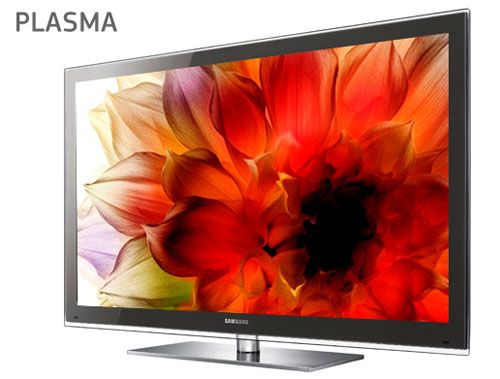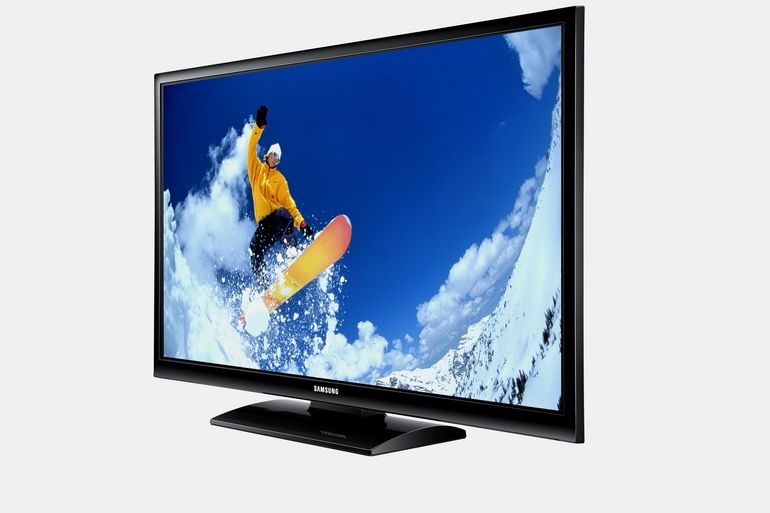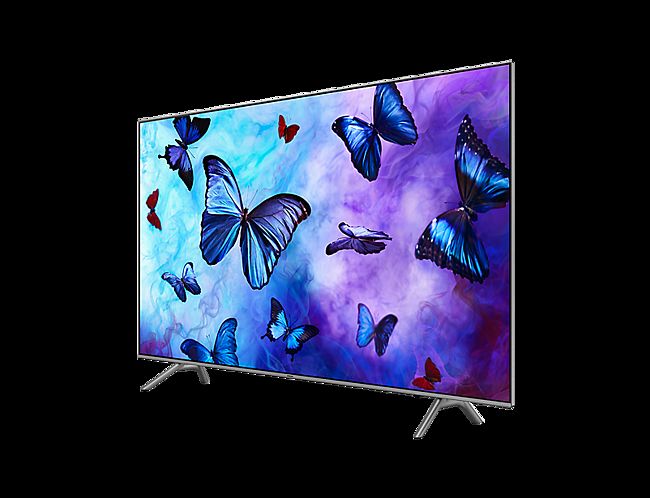Which is better, plasma or LCD TV?
Nowadays, when thick kinescope-based TVs are a thing of the past, users often face the question: what technology TV device to purchase. Basically, two models of TVs dominate the market: plasma and LCD. This article will cover the pros and cons of both technologies.
To begin with, we should describe the basic ways in which these two technologies work. LCD monitors are based on liquid crystal molecules that move under the influence of current. These particles either transmit light or block it, which is why three primary colors are formed in the filter - green, red and blue. It is these colors that create a rich palette of colors on the TV screen.

The plasma panel consists of microlamps that are filled with gas (xenon and neon). Three-color microlamps (also blue, green, red) make up the pixels. Electrical voltage changes the brightness of these cones, resulting in a combination of three colors that creates shades of any kind.
The content of the article
What is better LCD or plasma - comparison criteria
In order to make a verdict in favor of any one technology, you should compare devices according to different criteria.Such as: Screen dimensions, viewing angle, pixel response speed, image contrast, lighting uniformity, energy consumption, service life. By comparing technologies according to these criteria, the user will be able to conclude what suits him best.
Screen size

Screen size is an important factor when choosing a TV. Televisions based on a plasma panel are not produced smaller than 30 inches. At the same time, LCD devices can reach very tiny sizes. At the same time, liquid crystal TVs sometimes reach enormous sizes. Plasma devices are not inferior to them in size. Therefore, LCD wins in this comparison criterion, since this technology is the most universal in size.
Viewing angle
For the plasma model, the viewing angle can reach 160 degrees without loss of brightness or color distortion. LCD TVs, in turn, lose in these parameters. Image contrast is lost as the angle at which the user looks at the screen increases.
Pixel response speed
Due to the fact that the crystals need some time to adjust to the desired position, LCD technology loses to its plasma competitor. And although modern models of LCD TVs are approaching plasma TVs in response speed, the latter is still ahead of them in this parameter.
Picture contrast

LCD TVs, due to their technology, have a softer picture. At the same time, as a plasma panel, emitting light directly, it has the highest brightness and contrast.
Panel illumination uniformity
Here the situation is similar to the previous comparison.Due to their technology, LCD devices are not able to provide the most uniform illumination of all cells on the screen. Plasma, in turn, ensures full uniformity of illumination.
Energy consumption
Due to its technology, a plasma panel consumes much more energy than LCD devices. This is caused by the possibility of overheating of the bulbs, due to which most TVs have a cooling system that requires additional voltage. Liquid crystal technology does not require this, so these devices are considered more energy efficient.
Lifetime
A screen based on an average price plasma panel will last up to 30 thousand hours of operation. At the same time, an LCD display of a similar price category can last up to 60 hours of operation. Some models can last much longer, however, the price range for such devices will be higher.
Conclusion, conclusion
By most indicators, plasma technology wins, but it has disadvantages that may turn off many users. The advantages of plasma TV include a wide viewing angle, good color rendition, brightness and contrast. It should also be noted that such devices are less susceptible to flicker, which makes them safer during long-term operation. The only downsides worth noting are the fragility and high energy consumption.

LCD displays are more environmentally friendly and are designed to last longer. Among the obvious advantages, we should highlight the relative cheapness and variety of sizes, which plasma panels cannot boast of. However, LCD TVs are inferior in image brightness and contrast.Also, such screens can flicker, which may not have a very good effect on the user’s health.
There is no universal answer as to whether LCD or plasma is better. Each technology is good for different purposes. Therefore, the choice is always at the discretion of the user.




